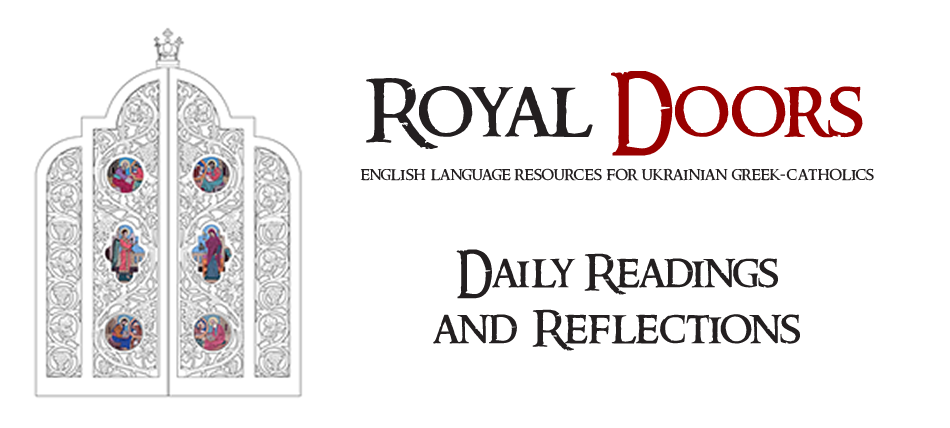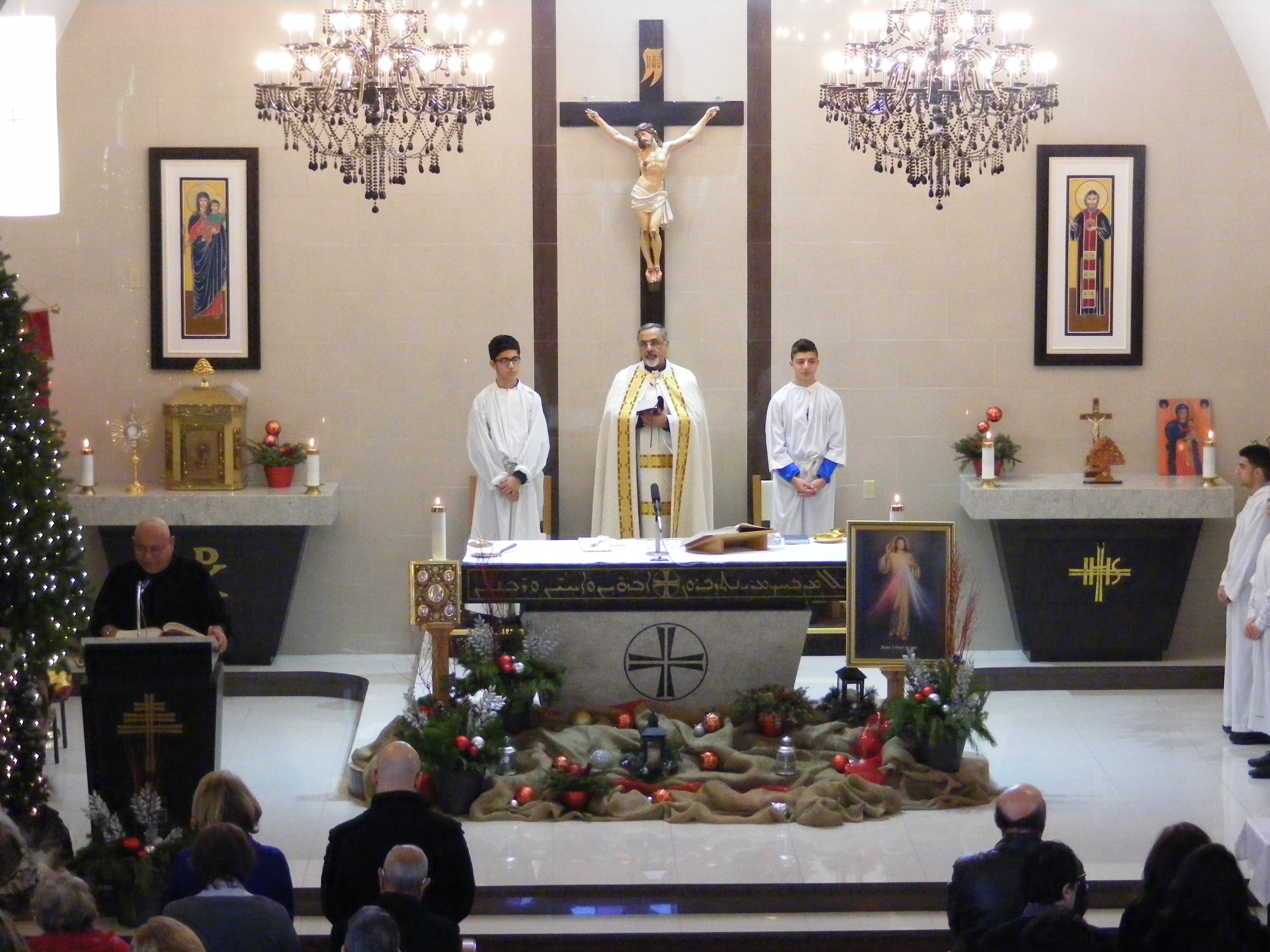by Brent Kostyniuk
I have just come from a spiritually uplifting, spiritually rewarding experience—Mass at Our Lady of Good Help Maronite church in Edmonton, presided by Msgr. Joseph Salame.
The Maronite Church is one of 22 Eastern Catholic churches in full communion with Rome. Its spiritual head is His Beatitude Bechara Boutros A-Rahi Patriarch of Antioch and the Entire East, who resides in Bkerke, Lebanon is BaBea. The Maronite Church follows the Antiochian or West Syrian Rite, along with the Syro-Malankar and Syrian Churches.
The Mass was truly moving. For the most part, it gives praise to God in wonderful hymns. These are all sung, for the most part in Lebanese, switching to English on occasion. At Our Lady of Good Help, a small choir is accompanied by an electric keyboard. The melodies are those of the Middle East. Listening to them, I very easily imagined myself being taken back to Apostolic times, rejoicing in the Good News as only those with an immediacy to the events, an immediacy to the life of Christ, would have been able to experience.
The hymns have a richness, a spirituality which might remind you of the Psalms. They hold nothing back. The words of praise are heartfelt, rejoicing in the gifts we have been given, most especially the gift of God coming down to enter time as Jesus Christ. Most exciting for me, and it sent a shiver down my spine, was to hear the Consecration sung in Syriac, a linguistic cousin of Aramaic. I realized that for the first time in my life, I was hearing the words of Jesus at the Last Supper, almost as He would actually have spoken them.
Much emphasis is placed on the anaphora. There are no silent prayers, but rather long and joyous prayers of thanksgiving on the part of the priest as well as the congregation for the privilege of being able to participate in the miraculous event of the consecration.
“We bow before You, O Lord, and ask You to look kindly upon us. Make us worthy to approach your holy altar with pure hearts and holy souls and bodies, and we will raise to You glory and thanksgiving, now and forever.”
Differing from Western practice, a sign of peace is made prior to the consecration, fulfilling the need for all present to be in peace before it takes place. A very symbolic ritual, the sign of peace begins with the priest placing his hands on the altar and the ciborium. He then extends closed cupped hands in front of him to all those serving at the altar. As they approach the priest, they place their hands over his to receive the holiness present on the altar. They, in turn, enter the congregation and extend the same gesture to those they encounter. Eventually each person present has been touched with peace, spread from the altar. Witnessing this, it is reminiscent of the light from a single candle being passed and spread from one to another until an entire room is filled with light. Indeed, a flame of peace was spread from the priest to all present. It was as if Christ Himself was reaching out to the people.
As with other Eastern liturgies, there is much significance in the actions. Only after the great spiritual event of the consecration has taken place, is the collection of offerings from the congregation taken. Similarly, only after Jesus is present on the altar is a litany of petitions offered. As might be expected from a Church under severe persecution today, the petitions remember not only those present, but all those of faith, both living and dead. Most of the prayers of the anaphora are similar to those of the Divine Liturgy of St. John Chrysostom; indeed, many were identical. Both the Our Father and Nicene Creed are used, with all the congregation participating.
The priest truly is the presbyter of the Mass, although there is much laity involvement, including reading the Epistle and petitions. However, distribution of the Eucharist is the sole preserve of the priest. Wafer hosts are dipped in the Precious Blood before being placed on the recipient’s tongue. In another very symbolic act, children too young to receive are blessed with the chalice held over their heads, a practice common throughout the Maronite Church.
On the Sunday before Christmas a special adoration ritual is celebrated. A procession with the Blessed Sacrament in a monstrance is made. “This is to let the people see what God has brought us in the Incarnation,” explains Msgr. Joseph. Prior to the procession, the priest is covered in a special stole, in honour of the Blessed Sacrament which he will be holding. “It is to emphasize the holiness that comes when being near the Blessed Sacrament,” he continues. The congregation is blessed with the monstrance. Finally, the priest turns to each of the cardinal points of the compass and makes a sign of the cross with the monstrance. “This is to show that the Blessed Sacrament is for the whole world.”
A good friend once told me that Both Lungs is about more than just breathing through both lungs—East and West. It is about walking together. When we do walk together, and worship together, as I was able to do at Our Lady of Good Help, we are enriched immeasurably.
This piece first appeared in The Prairie Messenger. Reprinted with permission.

